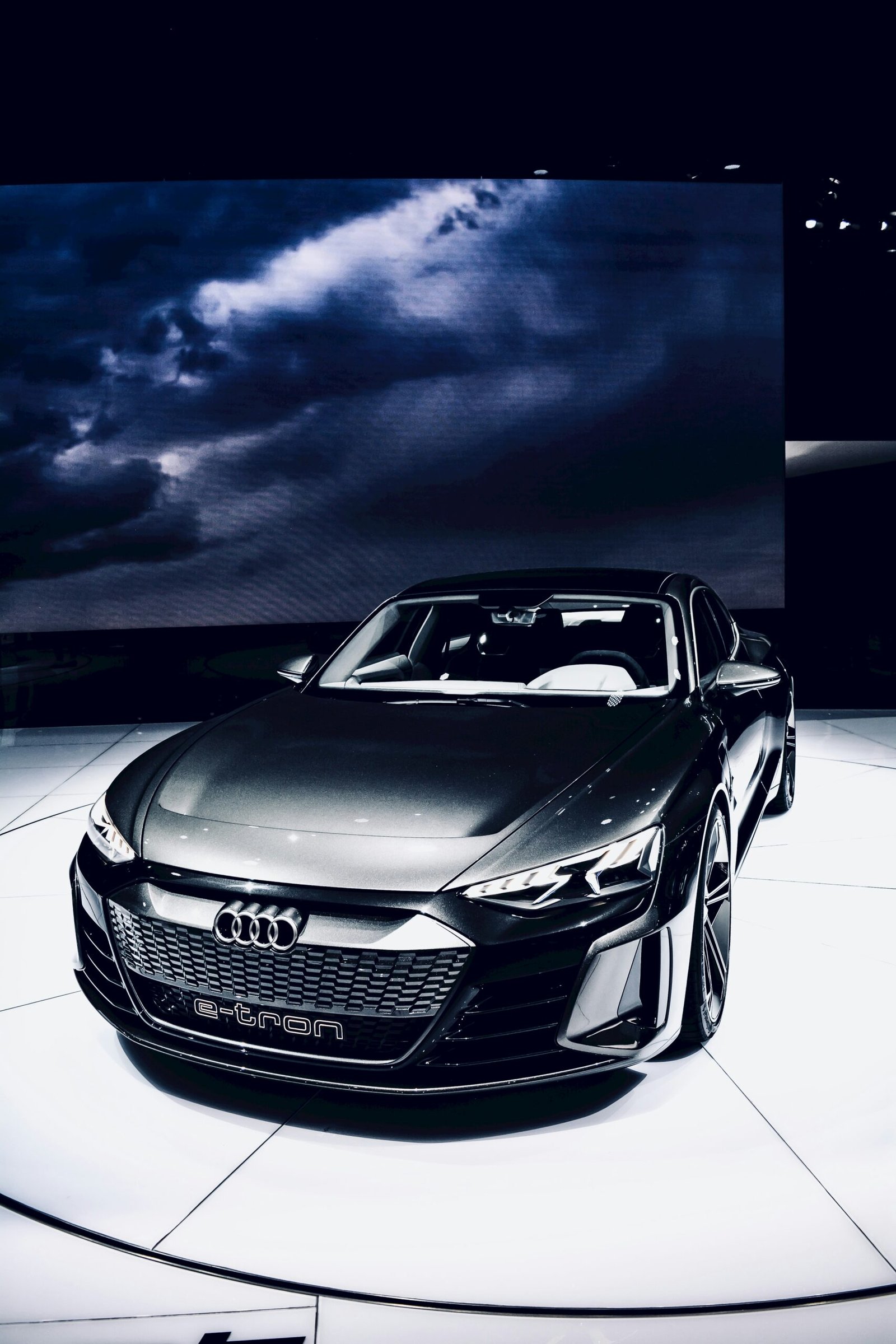Imagine you’re planning a road trip but you’re doing it in style and sustainability, behind the wheel of an electric vehicle (EV). The first thing on your mind? How far can this sleek, silent chariot take you before needing a juice-up. You’re not alone in pondering this. With the surge in electric vehicle popularity, one of the hottest topics is how their ranges stack up against each other. This piece dives into the heart of that question, comparing the distances different EV models can cover on a single charge. So, buckle up and prepare to discover which electric vehicles are marathon runners and which ones are more suited for sprints. Understanding Electric Vehicle Range Electric vehicles (EVs) are changing the landscape of transportation, offering a sustainable alternative to gasoline-powered cars. However, one question persists in the mind of possible EV buyers: How far can it go? Let’s unravel this.
Definition of EV range
EV range refers to the total distance an electric vehicle can travel on a single full charge before the battery depletes. It’s measured in miles or kilometers and varies widely among models and manufacturers.
Factors affecting EV range
Several factors influence an electric vehicle’s range: battery capacity (measured in kWh), vehicle weight, driving habits, weather conditions, and even the type of tires. Understanding these can help manage expectations and vehicle performance.
Importance of range in EV adoption
Range is a critical determinant in the adoption of electric vehicles. Potential buyers often consider it against their daily travel needs, with range anxiety being a significant barrier for many. The more the range, the higher the comfort and acceptance of EVs.
Evaluating Range: The Basics Let’s break down the basics of how EV range is evaluated, providing clarity on what those numbers really mean.
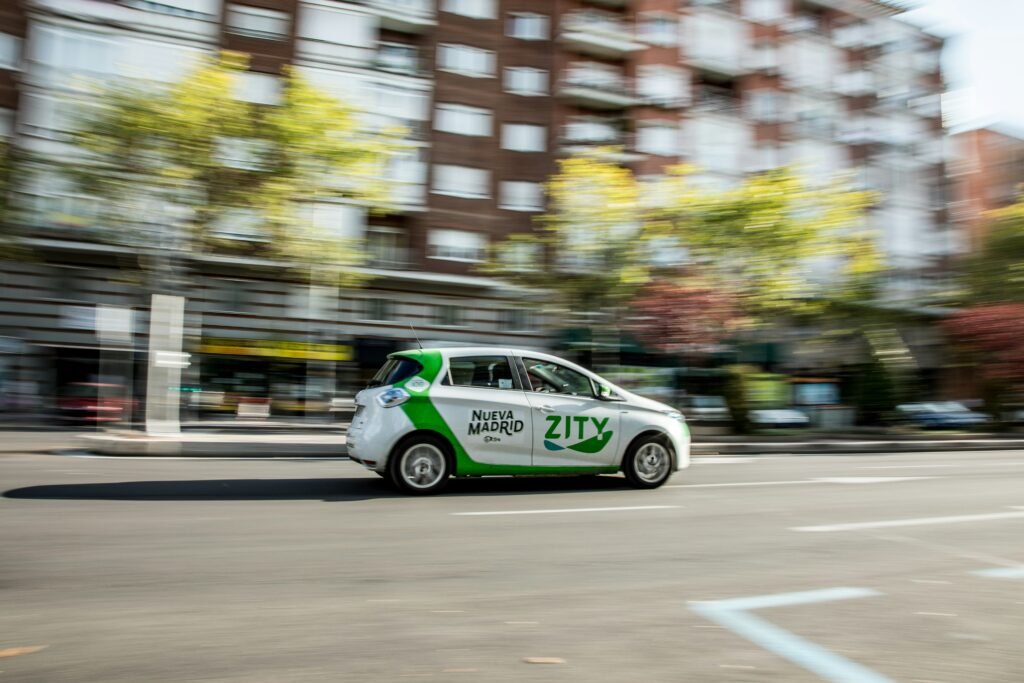
EPA range ratings explained
The Environmental Protection Agency (EPA) provides range ratings for all electric vehicles in the U.S. This standardized measure allows you to compare across models easily, although it’s based on controlled conditions.
Real-world range vs. EPA estimates
While EPA ratings offer a baseline, real-world range often varies. Factors like high speeds, frequent acceleration, air conditioning use, and cold temperatures can reduce the actual range compared to EPA estimates.
How EV ranges are tested
EV ranges are tested through standardized cycles simulating urban and highway driving. These tests are designed to reflect typical driving patterns, but individual driving habits and conditions play a significant role in actual range.
Comparing Entry-Level EV Models Entry-level EVs provide an affordable point of entry into electric mobility. Let’s compare how they stack up in terms of range.
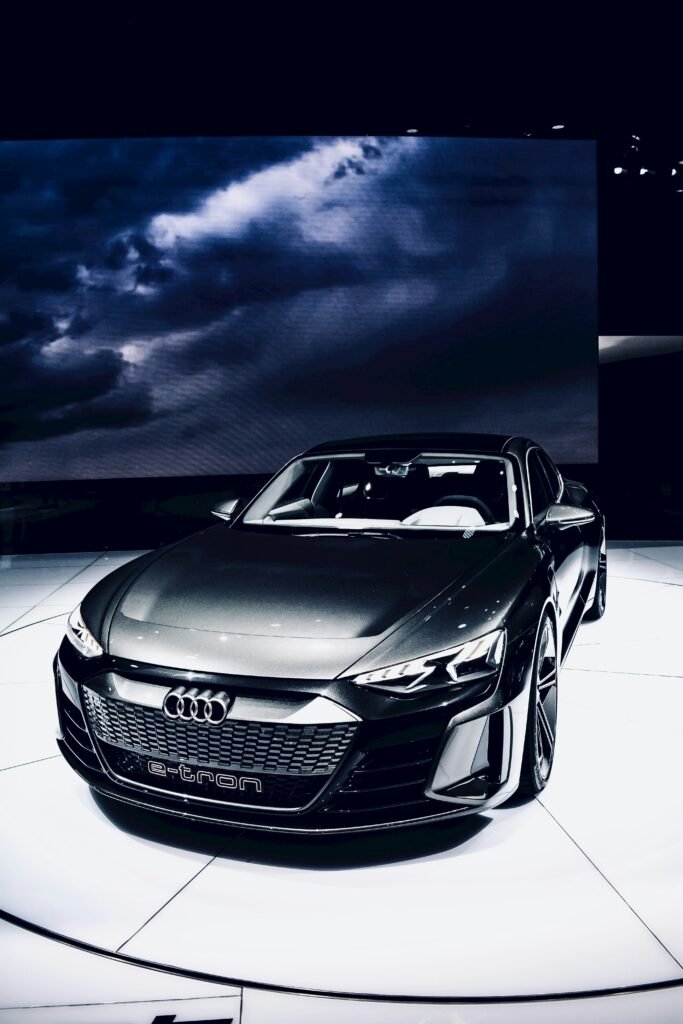
Models considered as entry-level
Popular entry-level models include the Nissan Leaf, Hyundai Ioniq Electric, and the standard range Tesla Model 3. These models offer a balance between affordability and performance for new EV buyers.
Range comparison among entry-level EVs
Among entry-level models, ranges can vary significantly. For instance, the Nissan Leaf offers up to 226 miles on a full charge, while the standard Tesla Model 3 boasts a range of over 250 miles. These differences highlight the importance of evaluating range alongside other features and pricing.
Best value for range in entry level
When considering range against price, the Tesla Model 3 often emerges as a compelling choice, offering over 250 miles of range at a competitive price point. Its efficient battery and aerodynamic design contribute to this superior range.
Mid-Range EV Models Comparison Mid-range EVs strike a balance between range, performance, and price. Let’s see how they compare.
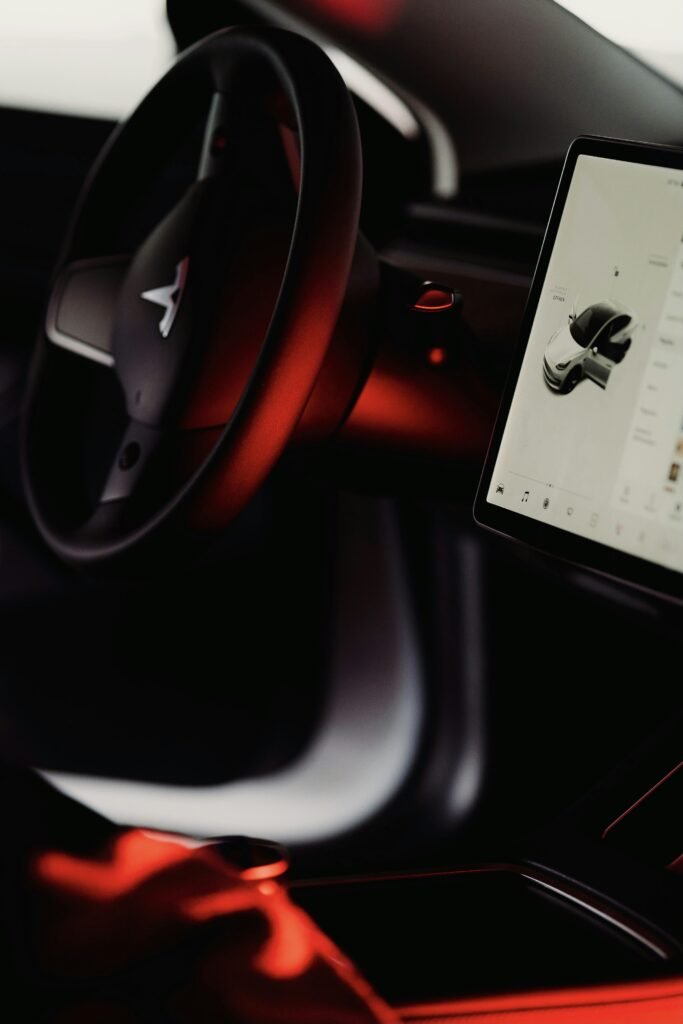
Defining mid-range EV models
Mid-range models, such as the Chevrolet Bolt EV, BMW i3, and Hyundai Kona Electric, offer improved range and features over entry-level options without the premium price tag of luxury models.
Range and performance comparisons
In the mid-range category, vehicles like the Hyundai Kona Electric lead with ranges exceeding 250 miles, combining competitive range with robust performance. The Chevrolet Bolt and BMW i3 also offer respectable ranges but might lag in performance aspects compared to the Kona.
Cost vs. range analysis for mid-range models
For those prioritizing range over luxury features, mid-range EVs like the Hyundai Kona Electric present a strong value proposition. They provide substantial ranges at a price point that balances affordability with advanced technology.
Luxury EV Models and Their Ranges Luxury EVs push the boundaries of range, performance, and innovation. Let’s dive into how these premium models compare.
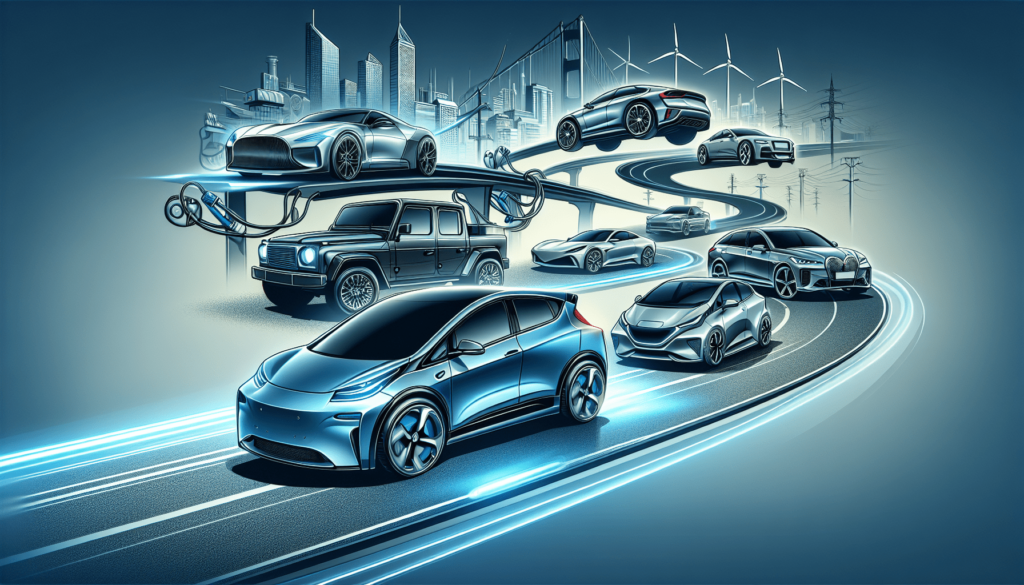
What makes an EV model ‘luxury’
Luxury EVs, such as the Tesla Model S, Jaguar I-PACE, and Audi e-Tron, offer top-of-the-line performance, range, and cutting-edge technology, along with premium build quality and brand prestige.
Comparison of luxury EV models’ ranges
In the luxury segment, the Tesla Model S leads with an eye-watering range of up to 400 miles on a single charge. Competitors like the Jaguar I-PACE and Audi e-Tron offer ranges closer to 230-250 miles, highlighting the gap in efficiency and battery technology.
Is the premium price justified by the range and features?
While luxury EVs carry a higher price tag, they justify it through superior range, performance, and exclusive features. For those seeking the ultimate EV experience, luxury models represent the pinnacle of what’s currently possible.
The Leaders in EV Range Some electric vehicles stand out from the crowd thanks to their impressive range figures. Let’s see who leads the pack.
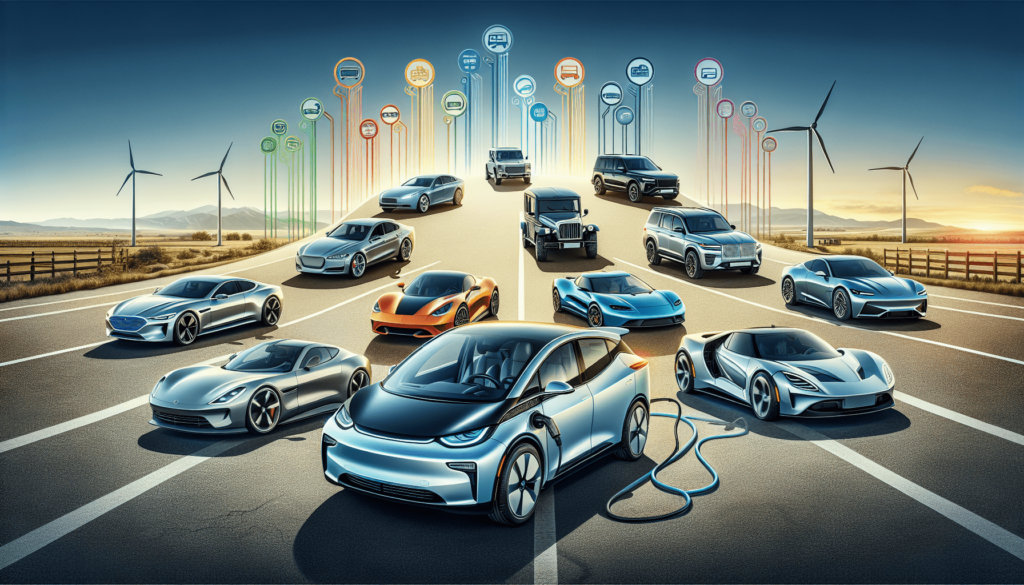
Top EV models by range
The Tesla Model S, with its up to 400-mile range, is a standout. However, models like the Tesla Model X and the Lucid Air are also pushing the boundaries, offering ranges that compete at the top.
Comparative analysis of range leaders
When comparing these leaders, it’s clear that advancements in battery technology and aerodynamics play a crucial role. While all these models offer impressive ranges, the efficiency and performance levels vary, catering to different buyer priorities.
Innovations contributing to superior range
The leading ranges in these EVs are a result of continuous innovation in battery density, vehicle design, and electric motor efficiency. These advances signal a promising direction for the future of electric mobility.
Electric SUVs and Their Ranges Electric SUVs combine the versatility of an SUV with the benefits of electric power. But how do their ranges compare?
Popularity of electric SUVs
Electric SUVs, such as the Tesla Model Y, Ford Mustang Mach-E, and Volkswagen ID.4, have gained popularity for their blend of practicality, style, and range. They cater to families and those seeking more space without sacrificing environmental considerations.
Range comparison among electric SUV models
The Tesla Model Y leads in this segment, offering over 300 miles of range, while competitors like the Ford Mustang Mach-E and Volkswagen ID.4 offer ranges in the 250-mile vicinity. This variety allows consumers to choose based on their specific needs and preferences.
Trade-offs in choosing an electric SUV
While electric SUVs offer ample space and versatility, they might come with a slight reduction in range compared to sedan counterparts due to their larger size and weight. However, for many, the trade-off is well worth the added functionality.
Impact of Battery Technology on Range Battery technology is at the heart of the EV revolution. Let’s explore how it impacts range.
Overview of EV battery technology
EV batteries store electrical energy that powers the motor. Lithium-ion batteries are the most common, known for their high energy density and long life cycles. Advances in this technology directly contribute to increased EV ranges.
How battery composition affects range
The composition and design of EV batteries impact their efficiency and, consequently, the vehicle’s range. Innovations in battery chemistry and structure are continually pushing the bounds of how far EVs can travel on a single charge.
Future prospects in battery technology and range
Emerging technologies like solid-state batteries promise even greater energy densities and faster charging times. As these technologies mature, we can expect significant leaps in EV range and overall performance.
Charging Infrastructure and Range Anxiety Understanding the role of charging infrastructure in complementing EV range is crucial for overcoming range anxiety.
Defining range anxiety
Range anxiety is the fear that an EV doesn’t have enough battery range to complete a journey, leaving the driver stranded. It’s a significant barrier to EV adoption for many potential buyers.
Role of charging infrastructure in mitigating range anxiety
A robust and accessible charging infrastructure plays a crucial role in mitigating range anxiety. The availability of fast-charging stations along key routes and in urban areas reassures drivers that they can recharge quickly if needed.
Recent advancements in charging technology
Advancements in charging technology, including ultra-fast charging stations capable of adding hundreds of miles of range in minutes, are rapidly making EVs more practical for longer journeys and reducing range anxiety.
Future Directions in Electric Vehicle Range Looking ahead, the future of electric vehicle range looks promising, fueled by continuous innovation.
Emerging trends in EV design and technology
We’re seeing trends toward lighter materials, more efficient drivetrains, and improved aerodynamics. Together with battery advancements, these innovations promise to significantly extend EV ranges.
Predictions for future EV ranges
As technology progresses, predictions suggest that EVs with ranges exceeding 500 miles on a single charge will become increasingly common, making electric vehicles suitable for virtually all travel needs.
The importance of improving range for wider EV adoption
Enhancing electric vehicle range is fundamental to accelerating their adoption. As ranges increase and anxiety over distance capability decreases, more consumers will likely consider EVs a viable and preferable alternative to traditional vehicles, leading to broader adoption and a cleaner environment.
